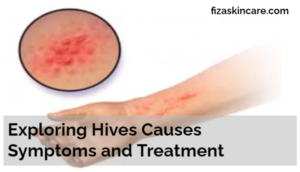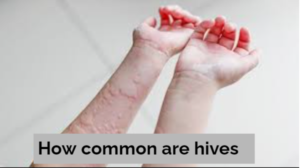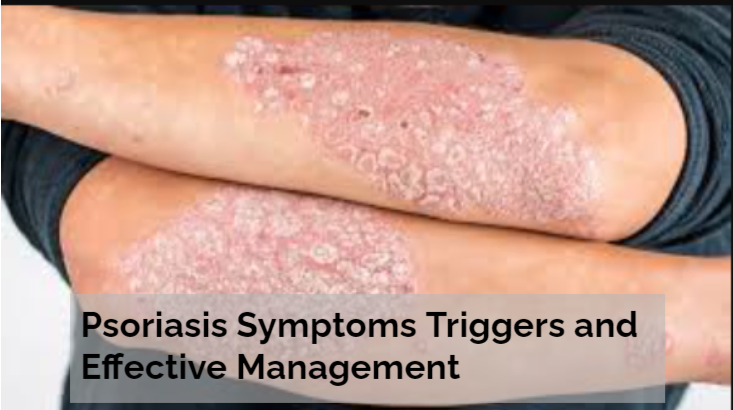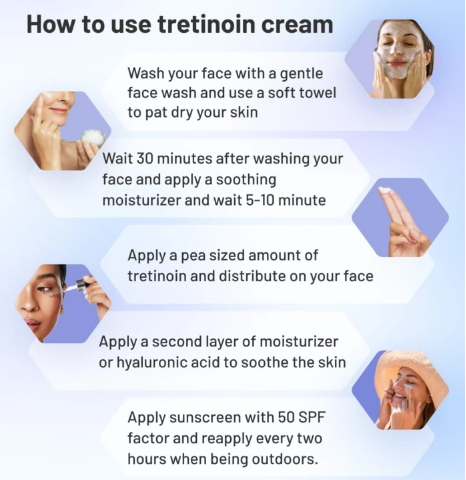Hives Causes If you’ve had red or skin-colored bumps that appeared and disappeared quickly, then it’s unlikely to be simple bug bites. The skin rash could be hives, and the itching from hives may range from mild to severe. Hives, also known as urticaria, affect about 20 percent of people. Scratching. Alcoholic beverages, exercise & emotional stress may worsen the itching.
Symptoms of Hives
- Raised itchy bumps, either red or skin-colored
- Hives can be small or merge to form large plaques and may change shape as they move across the skin.
- “Blanching” (when pressed, the center of a red hive turns white)
- Sometimes Hives Causes are accompanied by deeper swelling, known as angioedema, which affects the lips, eyelids, or throat.
Causes
When you are allergic to a substance, your body releases histamine and other chemicals into the blood. This causes itching, swelling, and other symptoms. Hives are a common reaction. People with other allergies, such as hay fever, often get Hives Causes. A variety of factors can trigger hives, and in many cases, the exact cause is unknown.
Common triggers include
- Food allergies (e.g., shellfish, nuts), medications (e.g., antibiotics, NSAIDs), and insect stings.
- In cases of chronic urticaria (lasting more than six weeks), underlying health problems such as autoimmune disorders may be involved.
- Emotional stress or anxiety can trigger or worsen hives in some individuals.
Outlook (Prognosis)
Hives may be uncomfortable, but they are usually harmless and disappear independently.
When the condition lasts longer than 6 weeks, it is called chronic hives. Usually, no cause can be found. Most chronic hives resolve on their own in less than 1 year.
Acute vs. Chronic Hives
- Acute hives: These last less than six weeks and are often linked to specific triggers like food or medications.
- Chronic hives: Lasting more than six weeks, chronic hives may persist for months or years and may not have an identifiable cause. Treatment is more challenging, and people with chronic hives are often referred to specialists.
Hives on the legs
- Some people have papular urticaria in reaction to insect or spider bites.
- It usually affects children who have not yet developed immunity to these bites.
- The lesions can develop anywhere but commonly occur on the legs.
- The symptoms of papular urticaria are similar to hives in general, but the bumps tend to be small, between 0.2 to 2.0 centimeters across.
- They may contain fluid and form in clusters.
- A new insect bite may cause papules to reappear.
Hives on the face
- When hives result from an allergy or sensitivity reaction, it can significantly affect the face. For example, it may cause swelling in the lips.
- The swelling can become more widespread and affect the mouth, throat, and airways. In this case, the person may find it hard to breathe. This is an emergency, and the person needs urgent medical care. They are at risk of developing anaphylaxis.
- If a specific object appears to have triggered the reaction, it may be helpful to take a sample to the hospital.
Preventing hives
- Some tips for preventing Hives Causes include:
- Keeping a diary to see if any particular triggers cause them
- Avoiding those triggers
- Taking over-the-counter antihistamines when the pollen count is high, if pollen may be a trigger
- Talking to a doctor about whether medications may be responsible
- Using meditation and other relaxation techniques to manage stress
- Choosing mild or fragrance-free-soaps, and skin creams. And detergents Almost any food causes an allergic reaction.
Diagnosis and Treatment
- Diagnosis is usually based on the patient’s history and physical examination. Allergy testing may be recommended if a specific trigger is suspected. Treatment primarily focuses on relieving symptoms:
- Antihistamines are the first-line treatment for hives, as they block histamine, a chemical responsible for allergic reactions.
- Steroids: For severe cases, doctors may prescribe corticosteroids to reduce inflammation and swelling.
- Avoiding triggers: If a specific trigger is identified, avoiding it is key to preventing future outbreaks.
- Other medications: Immunosuppressants or biologic drugs like omalizumab (Xolair) might be used in chronic or resistant cases.
Skin tests:
- During this test, healthcare providers test different allergens on your skin.
- If your skin turns red or swells, it means you’re allergic to that substance.
- This type of allergy test is also called a skin prick or scratch test.
- Skin testing usually isn’t done for chronic hives.
Blood tests:
- A blood test checks for specific antibodies in your blood.
- Your body makes antibodies to fight off allergens.
- If your body makes too many antibodies, you can develop hives and swelling.
Management and Treatment
- Most of the time, hives go away without treatment. Your healthcare provider might recommend medications and at-home care to help you feel better and lower your chances of having hives again.
- Treatments include:
Allergy medication
- Medicines called antihistamines block histamine’s effects. They can be taken orally (swallow a pill) or topically (put on the affected skin). Antihistamines relieve itching from hives and make allergic reactions go away or become less severe. Some antihistamines react quickly, such as diphenhydramine. Depending on how severe the hives are, your healthcare provider may recommend daily allergy medication, like Loratadine, fexofenadine, cetirizine, or levocetirizine.
Allergy shots
- For hard-to-treat chronic hives, your healthcare provider may discuss monthly injections of drugs that block allergic reactions. People with severe allergies make too much LGE. These injections block your immune system from making lgE.
At-home treatments
- To relieve hives, you can take a cool bath or shower, and wear loose-fitting clothing and cold compresses. An over-the-counter (OTC) hydrocortisone or antihistamines cream can relieve itching and swelling
Oral steroids
- Corticosteroids, such as prednisone, can relieve Hives Causes symptoms that don’t respond to antihistamines or topical steroids.
Natural and Home Remedies
- Applying cold packs can help soothe the itching and reduce swelling.
- Wearing breathable, non-irritating fabrics can prevent further skin irritation.
- These may offer relief from itching and irritation.
Complications
- Angioedema is a deeper swelling of tissues. Psychological and emotional problems like stress and anxiety. Anaphylaxis is a severe allergic reaction that should be treated as a serious medical emergency.
When to Seek Medical Attention
- If hives last longer than a few days, worsen over time, or are accompanied by difficulty breathing or swelling in the throat, seek medical care immediately.
- Chronic hives or those with unclear triggers may require specialized care from an allergist or dermatologist.
QRS
What’s the difference between hives and a rash
- A rash is a skin condition that involves something out of the ordinary, like spots, swelling, itchiness, or redness. Hives is an example of a rash, but not all rashes are hives.
Who is affected by hives
- Anyone can get hives. If you’re someone who reacts to many types of allergens, you may get hives frequently. Other people who don’t react to allergens may get hives once or a few times in their lives. There seems to be a relationship between acute hives and conditions like asthma, allergic rhinitis, and atopic dermatitis, especially in children. You might also be affected by hives during periods of extreme stress.
How common are hives
- Hives are a very common condition. About 20 percent of people have hives at some time during their lives. Hives develop when there is a reaction that activates immune cells in the skin called mast cells.
Are hives contagious
- Unlike some other skin conditions, hives aren’t contagious. But if you develop hives because your skin is exposed to secretions from a plant like poison ivy, you can spread the allergenic plant product to others until you wash it off your skin.
What are the symptoms of acute hives
- Hives look different depending on the person and the situation. They can show up anywhere on your body. Signs of acute hives include:
- Raised welts or bumps on your skin.
- Psoriasis Symptoms
- The bumps may look reddish on lighter-colored skin.
- Hives blanch (the center of the hive becomes pale when pressed).
- Swelling under your skin causes puffiness (angioedema).
What are the symptoms of chronic hives
In many respects, chronic hives and acute hives may look alike: they can be itchy, swollen raised welts that turn lighter in the center and with pressure.
However, chronic hives can
Shift sizes and shapes.
Appear, disappear, and then reappear at least every few days for long periods, even months or years.
It happens along with heat, exercise, or stress.
Conclusions
Hives Causes, or urticaria, is a kind of rash. It may result from an allergy, an underlying health condition, or other triggers. Acute hives start suddenly and resolve within 6 weeks, while chronic hives can last for months or years.
If a person knows that something specific triggers their hives, they may be able to avoid it. However, the cause of hives is not always clear.
If hives are affecting the quality of life, speak with a doctor. They can recommend treatment and check whether an underlying health issue is the cause.
If Hives Causes occur with swelling in the mouth or throat, nausea, faintness, a rapid heartbeat, or cold, clammy skin, the person may have a life-threatening condition called anaphylaxis, and they require immediate medical care.





